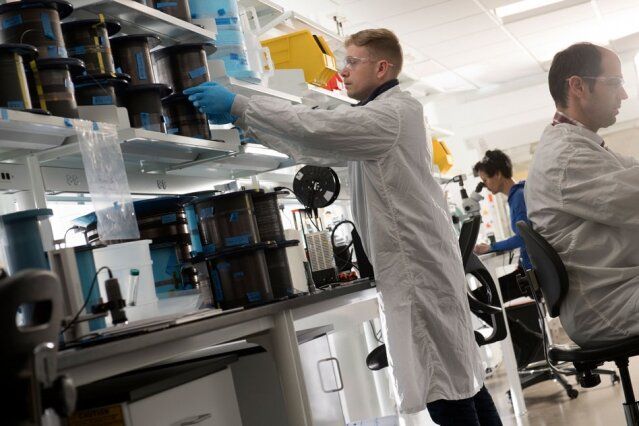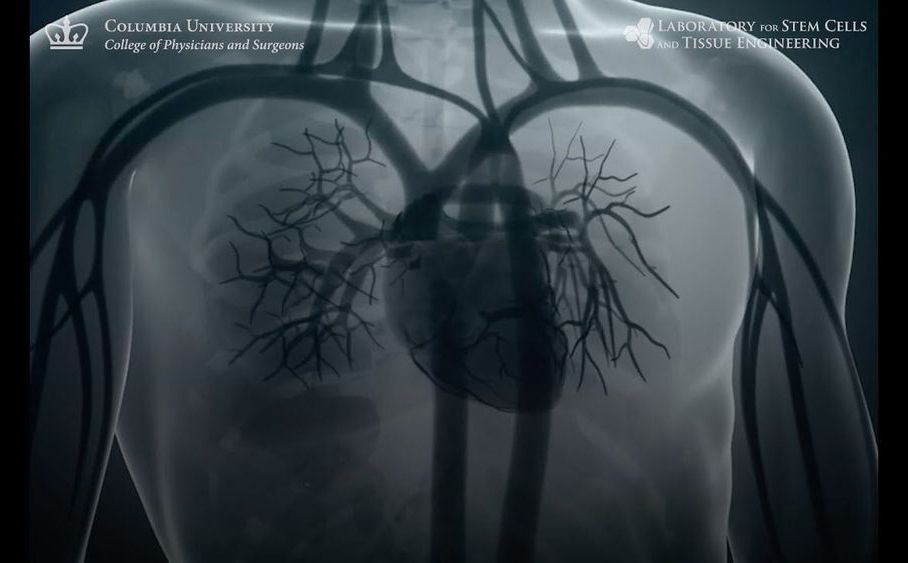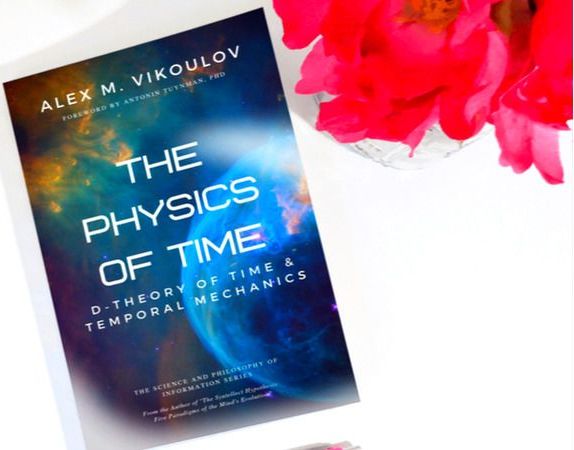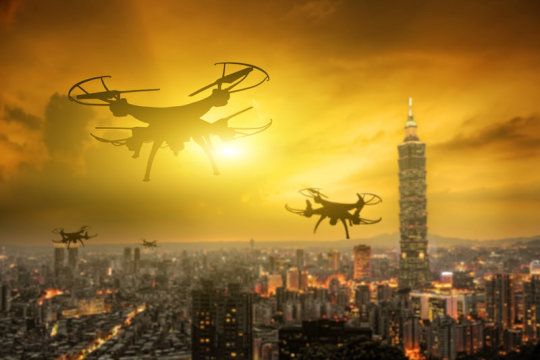May 23, 2019
Facebook: Fake account removal doubles in 6 months to 3B
Posted by Quinn Sena in categories: futurism, robotics/AI
Facebook removed more than 3 billion fake accounts from October to March, twice as many as the previous six months, the company said Thursday.
Nearly all of them were caught before they had a chance to become “active” users of the social network.
In a new report, Facebook said it saw a “steep increase” in the creation of abusive, fake accounts in the past six months. While most of these fake accounts were blocked “within minutes” of their creation, the company said this increase of “automated attacks” by bad actors meant not only that it caught more of the fake accounts, but that more of them slipped through the cracks.
Continue reading “Facebook: Fake account removal doubles in 6 months to 3B” »


















